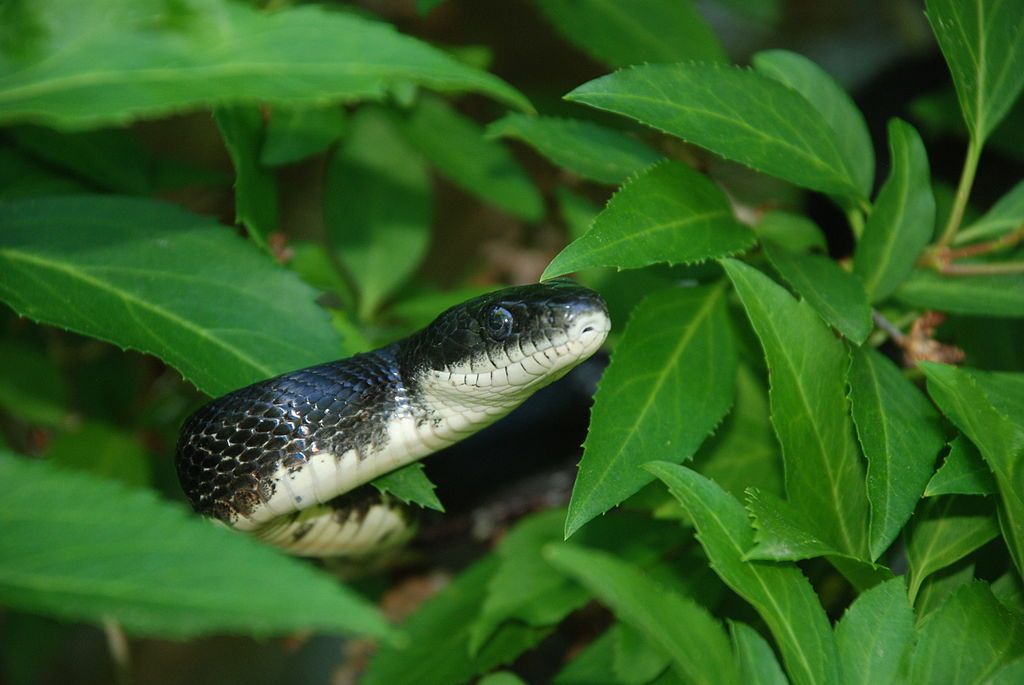
22 July 2013
The headline read: Snakes devour more mosquito-eating birds as climate change heats forests.
Oh no!
In a recently published study, University of Missouri biologist John Faaborg analyzed 20 years of nesting data in the Missouri Ozarks forest and found a direct correlation between hotter nesting seasons and nest failure.
The reason? Snakes.
Twenty years ago the Ozark forest was cold enough that bird-eating snakes were less active and less hungry but hotter years have changed that. Among others, acadian flycatchers and indigo buntings have borne the brunt of the snakes’ new-found activity.
Faaborg’s finding is bolstered by a University of Illinois study published last January that predicts increased nighttime snake activity as an outcome of climate change.
University of Illinois researcher Patrick Weatherhead and his students studied black rat snakes in Texas, Illinois and Ontario as a proxy for hot, moderate, and cool climates. They fitted the snakes with tiny temperature-sensitive radio transmitters which enabled them to know the snakes’ location and the ambient temperature. Temperature is important because snakes are cold-blooded. The researchers also placed cameras on hundreds of birds’ nests so they’d know exactly what happened and when.
The results were frightening for birds. In Texas the days are too hot for black rat snakes so they’re mostly active at night. Unfortunately this is very bad for nesting birds because they can’t see the snakes coming. Not only do the snakes eat the eggs and nestlings but they often eat the female parent because she’s caught on the nest unawares.
In Ontario the nights are too cold for snakes so they’re only active during the day. When snakes approached nests in daylight, the adults left the nests and raised alarms which attracted hawks to come eat the snakes. Nesting birds had a better chance for success in this cooler climate.
Illinois’ moderate climate showed that black rat snakes are adaptable. When nighttime temperatures were warm enough the snakes came out to hunt.
So climate change won’t just be hotter, stormier weather. Its unexpected consequences are not fun at all: More snake activity and fewer mosquito-eating birds.
Oh no!
(photo of a black rat snake from Wikimedia Commons. Click on the caption to see the original)
Have you heard about snakes, birds and spiders on Guam? It’s scary: http://www.nbcnews.com/id/49025826/ns/technology_and_science-science/t/how-invasive-alien-snakes-helped-spiders-overrun-guam/#.Ue0wEY2UEhM
Yes, Guam is the classic example of snakes-are-bad-for-birds. The spider twist is new to me though.
Seems like they some of those squirrel-preventing cones on the trunks of some of the trees might be of some help in keeping the snakes from getting to the nests quite so easily. Are they trying anything at all to help the birds? I get that it is “just nature”, but still . . .
Bhancey, good idea & it works great in a backyard or on a Bluebird Trail… but no one is out in all the forests to tag all the trees.